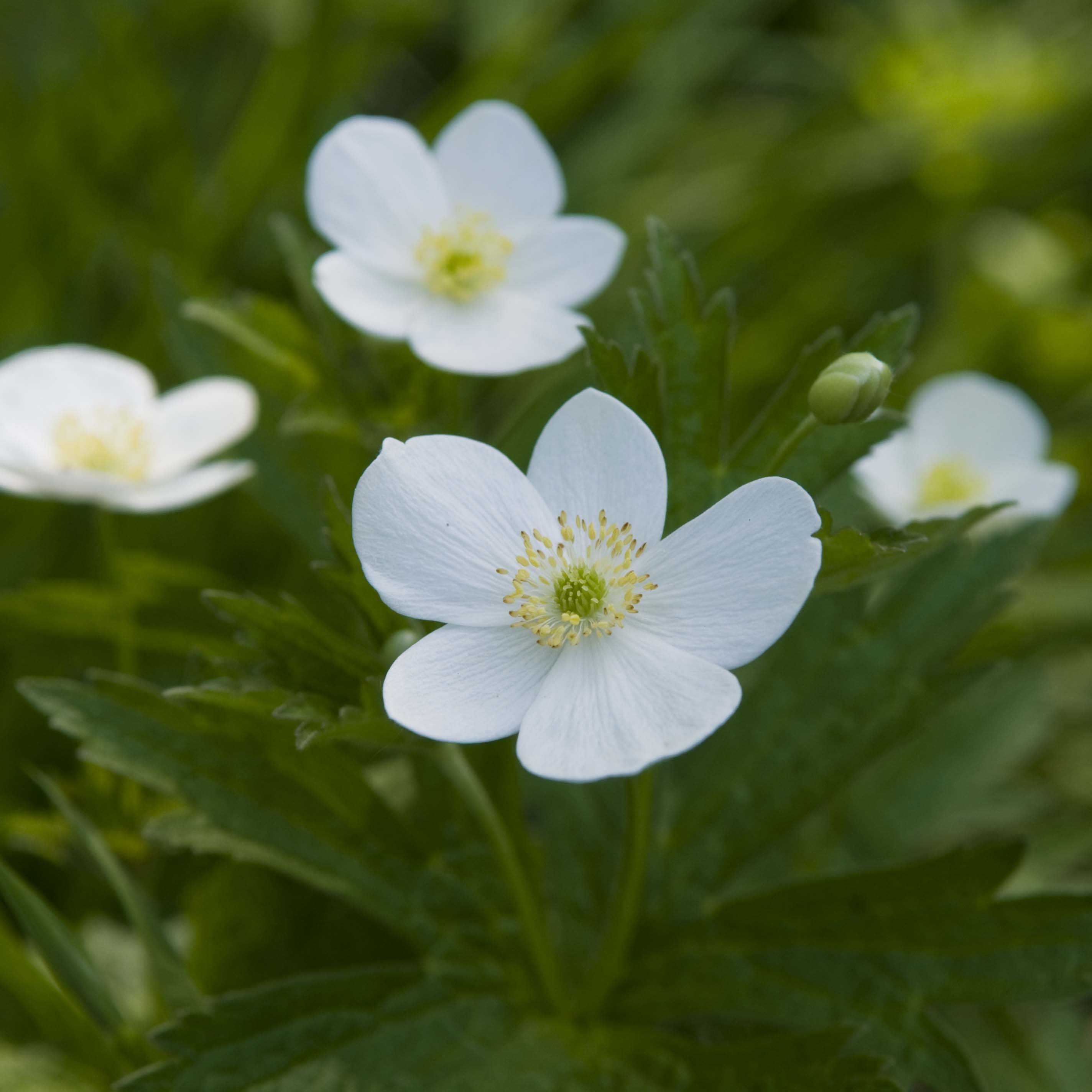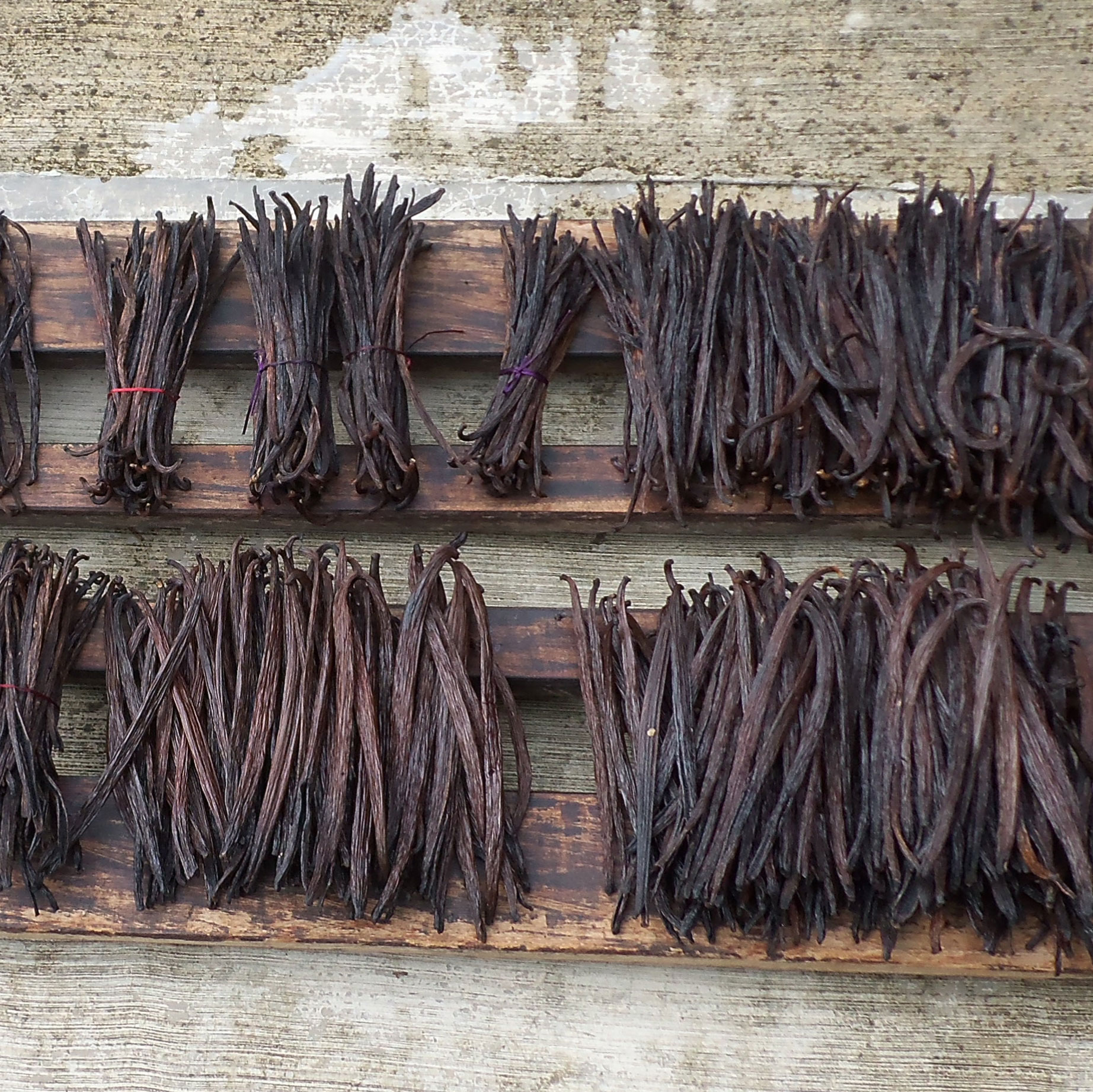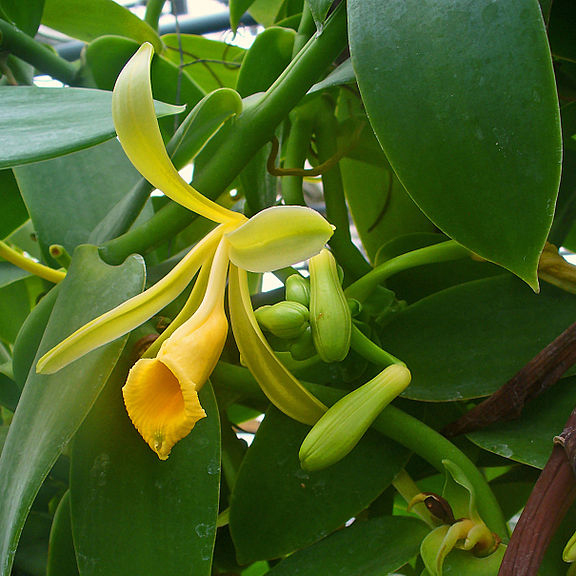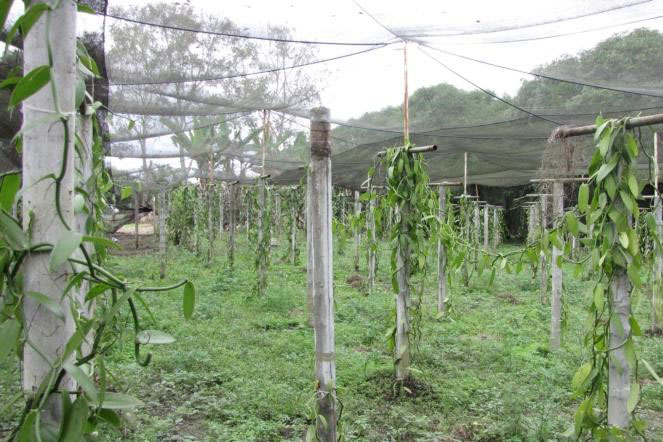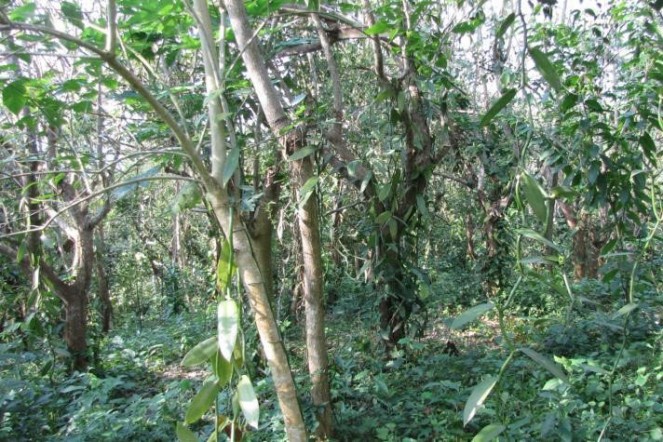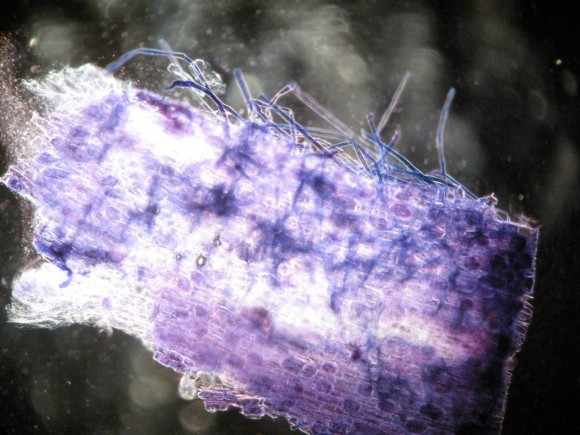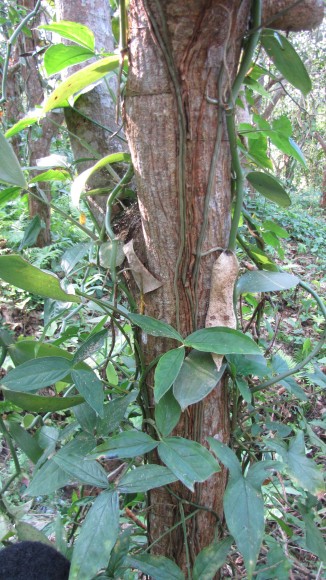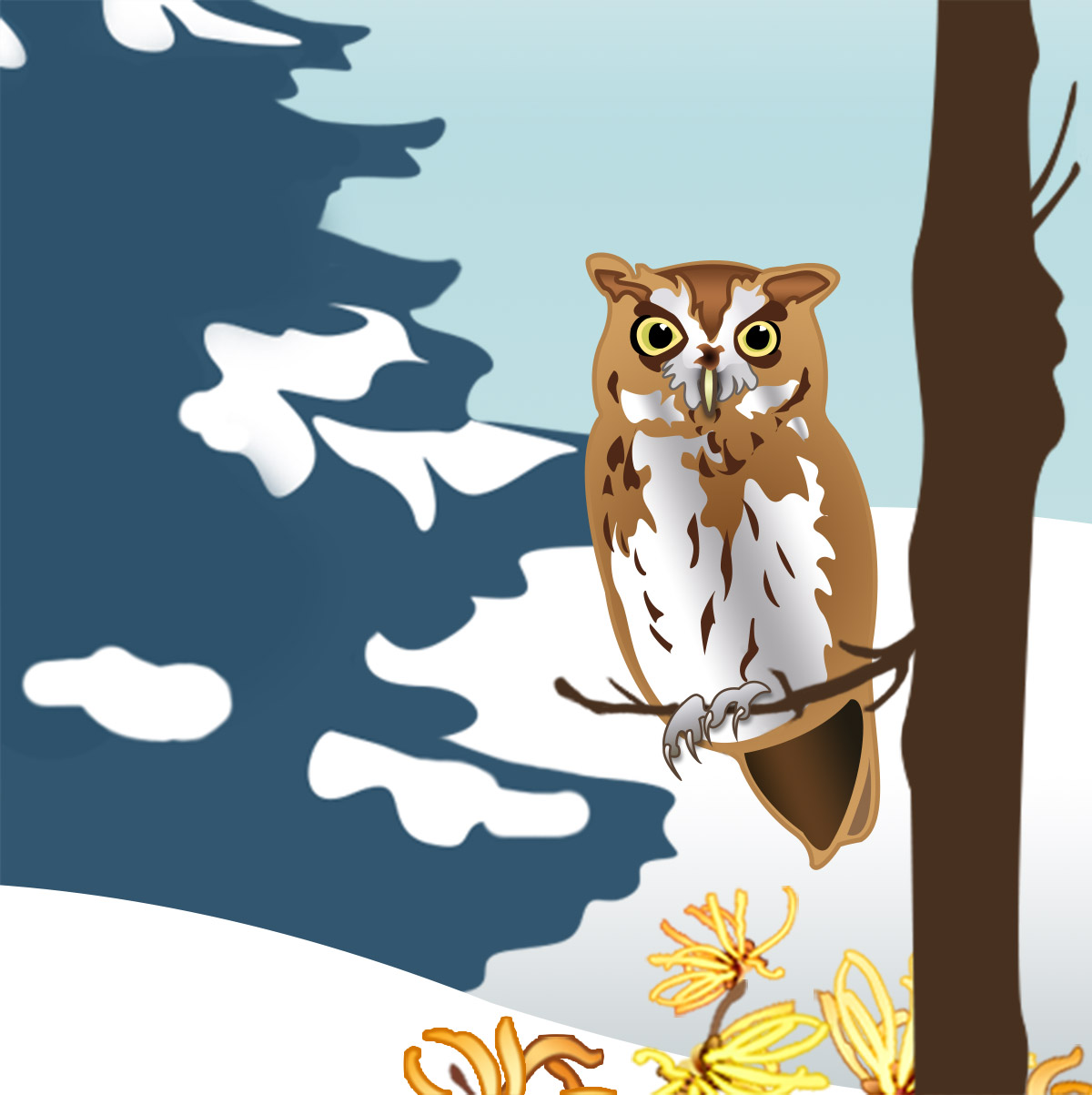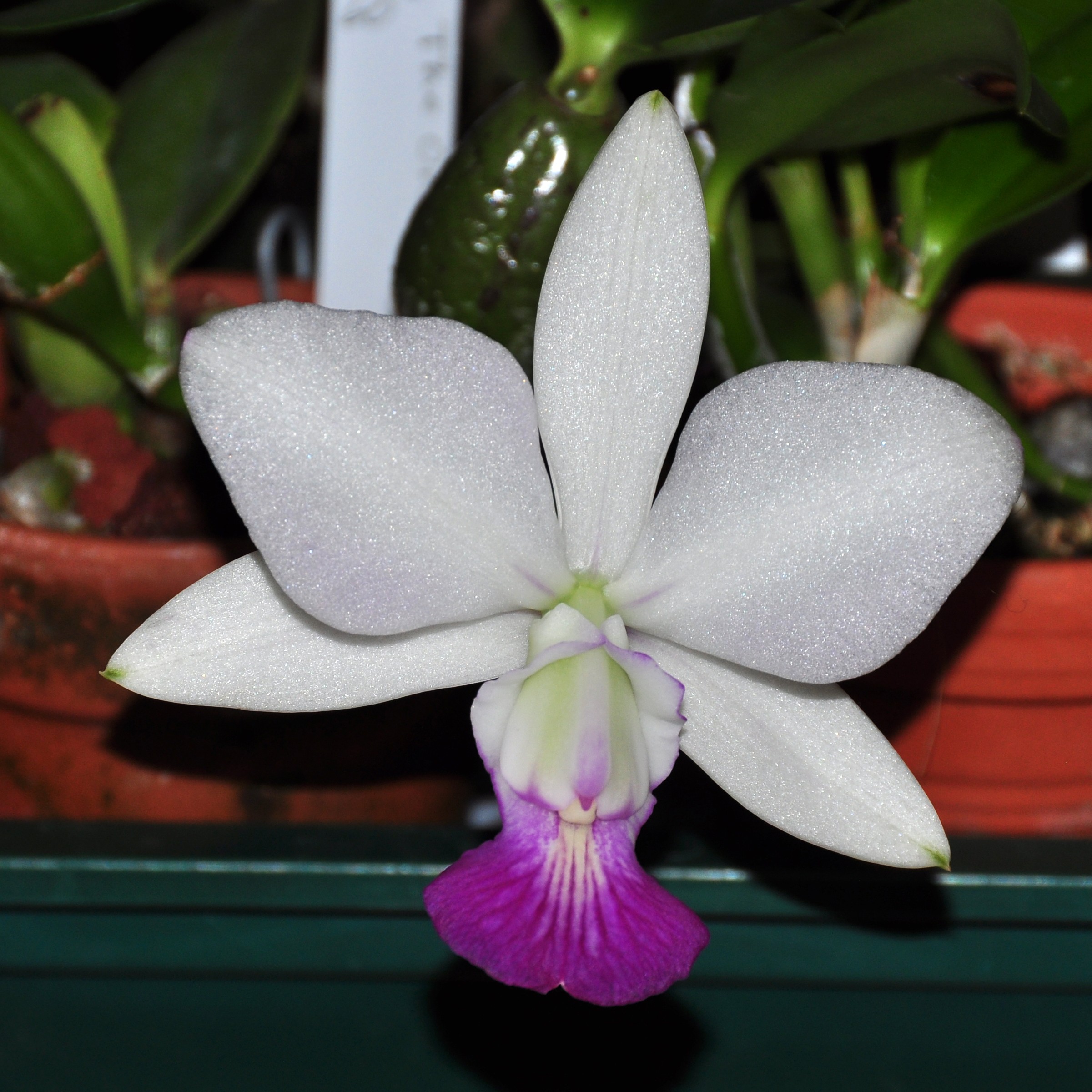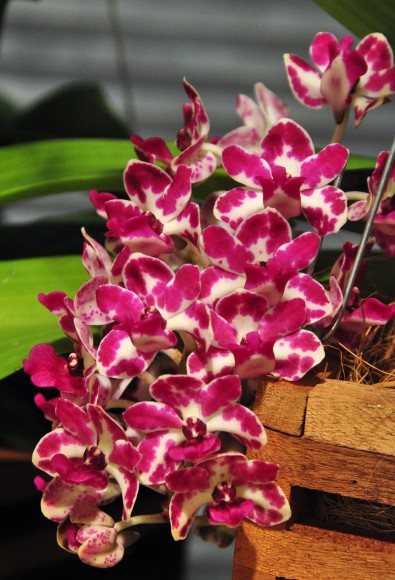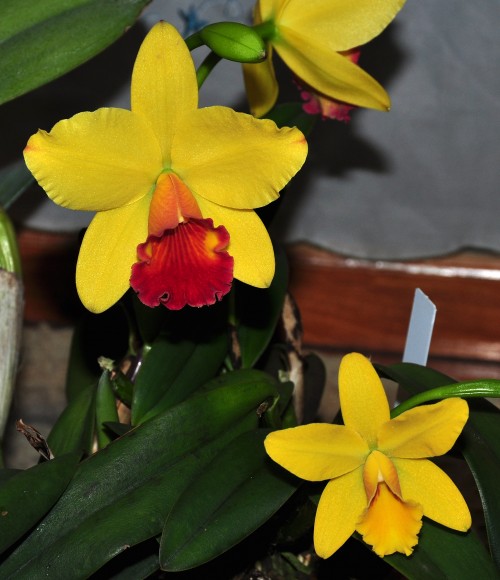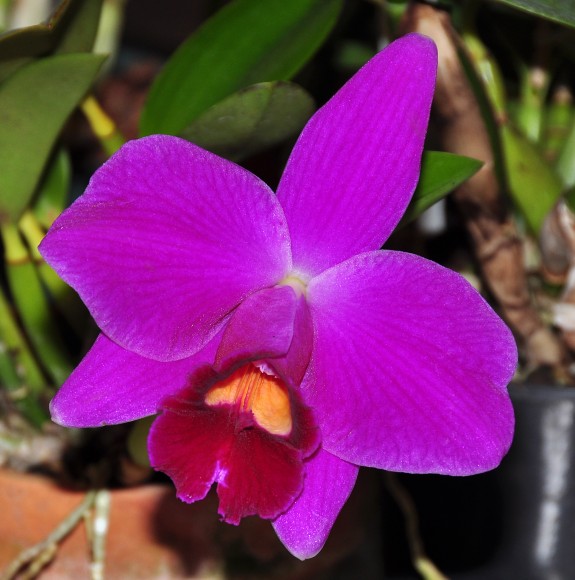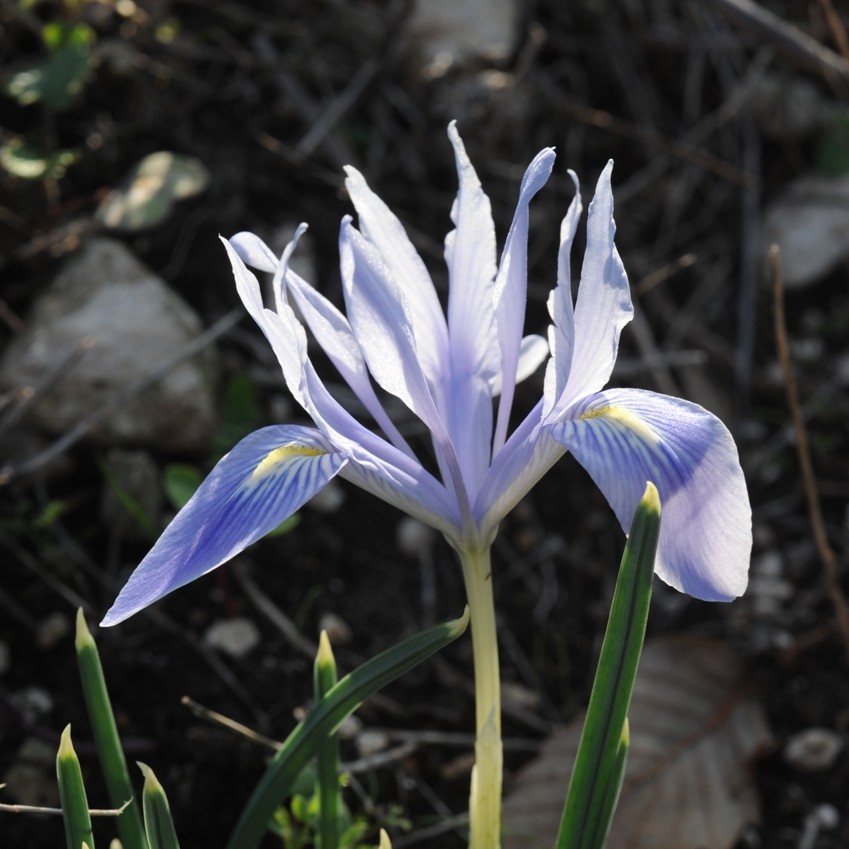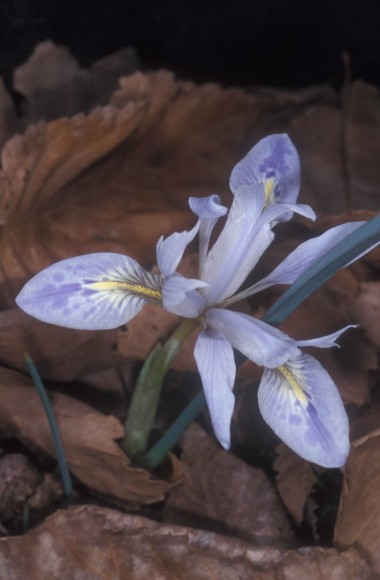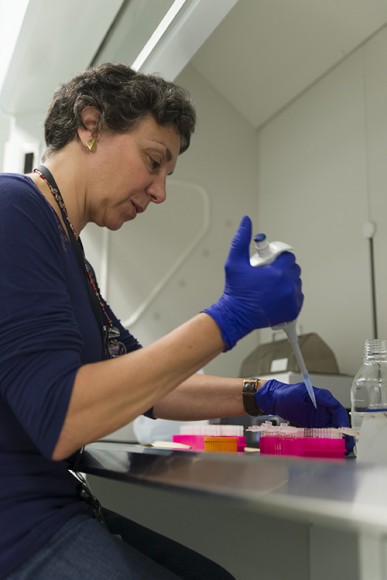The start of a new year prompted us to ask experts here at the Chicago Botanic Garden what they expect to see in 2015. Their predictions might help you anticipate problems, promote pollinators, and add interest to your own patch of green.
What’s likely to trend? Rainwater management, cumulative stress problems, corresponding color schemes, new compact hybrids, and heightened concern for butterflies, birds, and bees.
“Two fundamental issues will drive gardening trends in 2015—erratic weather patterns and a growing concern for the environment,” said Tom Tiddens, supervisor of plant health care. Additionally, gardeners will move away from contrasting color schemes and increase their use of outdoor spaces for entertaining and relaxing. Here’s a closer at what our experts anticipate for the coming season:
Cumulative Stress
Several years of erratic weather—drought followed by prolonged, record-breaking cold—have had a cumulative stress effect on many plants, especially evergreens. “I think we will be seeing more stress-related problems in 2015,” Tiddens said. Stress causes a lack of plant vigor, increasing plants’ susceptibility to pests and diseases.
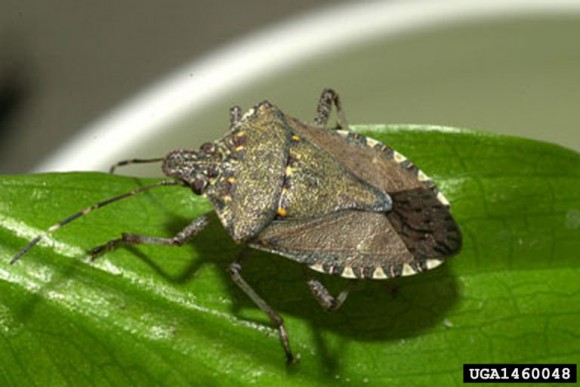
Give your plants extra TLC and be on the lookout for viburnum leaf beetle, expected to hit the Chicago region soon. Other high-consequence plant pests and pathogens to watch for include brown marmorated stink bug, lantern fly, and thousand cankers disease. Emerald ash borer and Asian longhorn beetle remain threats.
Rainwater Management
More home gardeners will take steps to either improve or prevent the lake that seems to form in their yard every time it rains, said Heather Sherwood, senior horticulturist. Rain barrels and rain gardens will be two increasingly popular solutions. Rain gardens temporarily hold rainwater and rely on specialized native plants to wick water into the soil. Rain gardens offer many environmental benefits, soaking up 30 percent more water than a typical lawn, and minimizing the pollutants that flow into storm drains. The native plants used in rain gardens provide habitat for birds, bees, and beneficial insects. To learn more, go to: chicagobotanic.org/conservation/rain_garden or chicagobotanic.org/library/spotlight/raingardens.
Corresponding Color Schemes
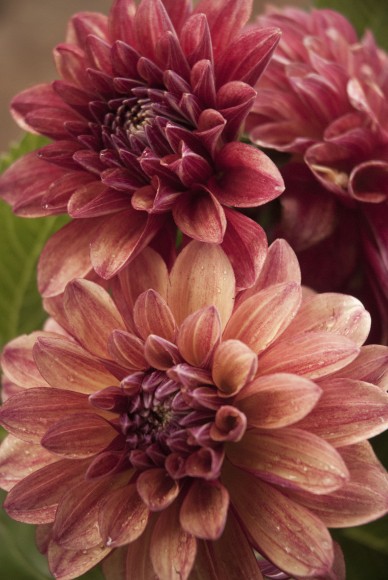
Gardeners will move toward more monochromatic displays, such as using shades of oranges alone, or shades of purples and blues together in the same design, according to Tim Pollak, outdoor floriculturist. Increased use of leaf interest will provide texture and shades of green. Sherwood sees red: from the earliest tulips to azaleas, dahlias, Japanese maples, large maples in the fall, and lastly, the red twigs of dogwood for seasonal interest.
Pollak also predicts home gardeners will use their outdoor spaces more and more for relaxing and entertaining, increasing the demand for outdoor décor. The Antiques, Garden & Design Show, April 17–19, 2015, will offer ideas and one-of-a-kind garden elements.
Less Is More
Jacob Burns, curator of herbaceous perennials, is excited to see new compact hybrids to make their way into the U.S. market next year, and expects them to catch on with home gardeners. New breeding efforts have produced dwarf versions of Japanese anemones (Anemone x hybrida) that are perfect for containers, or the front of the border. Rare among these fall-blooming windflowers is Anemone ‘Wild Swan’, which produces white blooms with a beautiful blue backing. Burns also welcomes new compact cultivars of little bluestem (Schizachyrium scoparium) available in 2015. ‘Cinnamon Girl’ reaches a height of just 28 inches, and transitions to red-purple foliage by late summer. Also on his list are cultivars ‘Twilight Zone’ and ‘Smoke Signal’.
Birds, Bees, and Butterflies
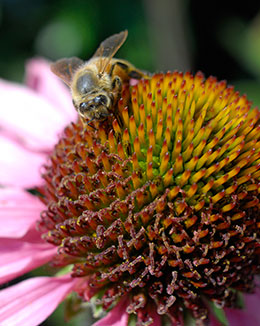
The increased availability of equipment and support—both online, and at better garden centers and the Chicago Botanic Garden—will help boost the number of backyard beekeepers, said Lisa Hilgenberg, horticulturist, Regenstein Fruit & Vegetable Garden. Hand in hand with the hives will be the continued rise of bird- and pollinator-friendly gardens filled with nectar-rich and native host plants. Pollak predicts a continued upward trend in demand for organic, pesticide-free and non-GMO (genetically modified organisms) plants and products. Gardeners looking for more information may be interested in attending a Beginning Beekeeping Workshop on February 7, 2015.
©2015 Chicago Botanic Garden and my.chicagobotanic.org

